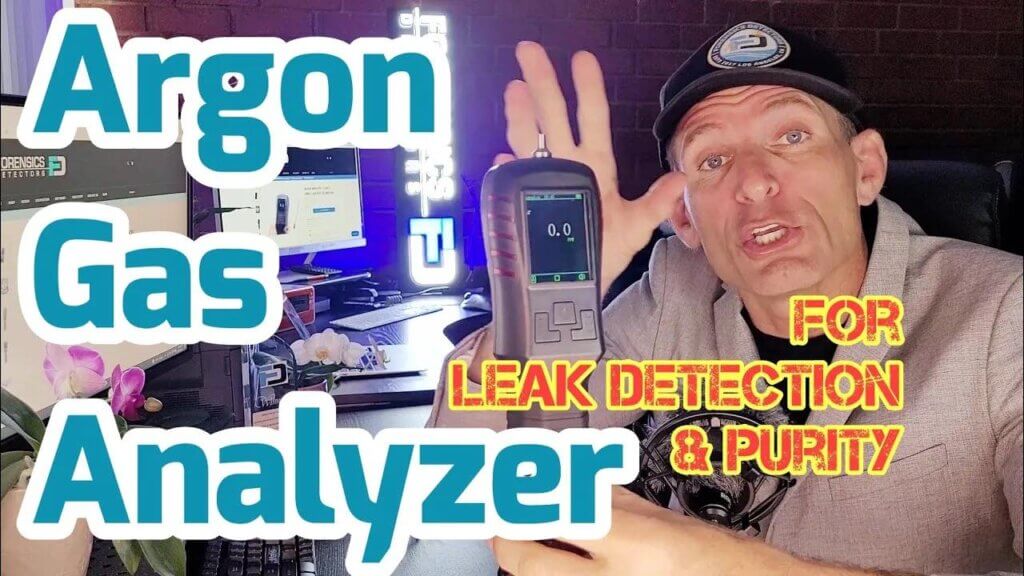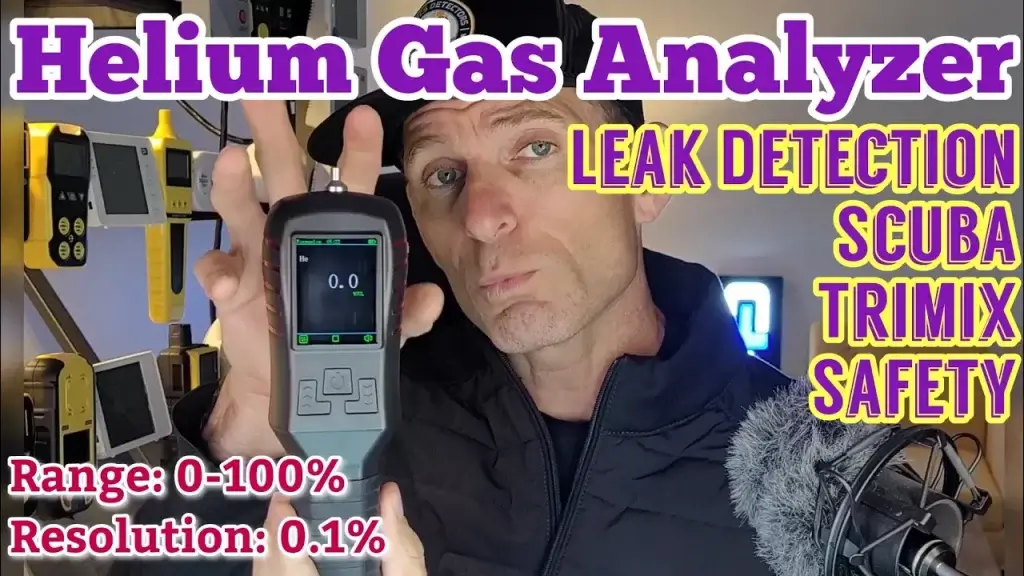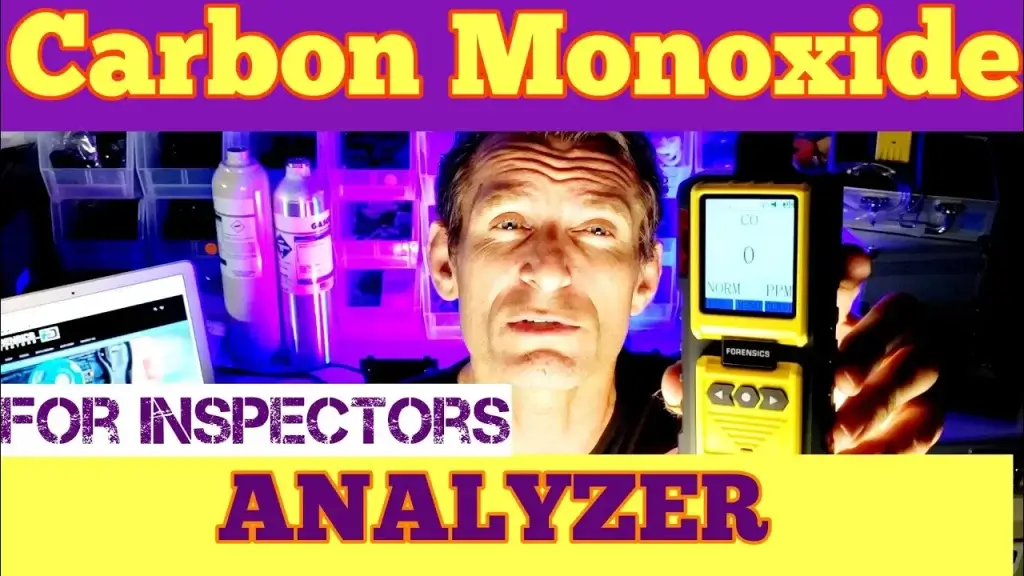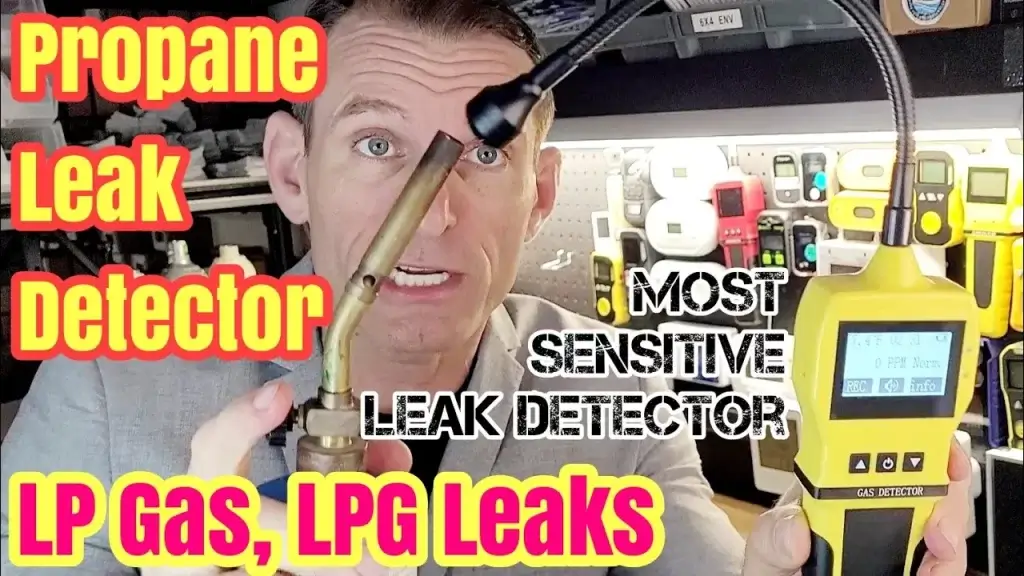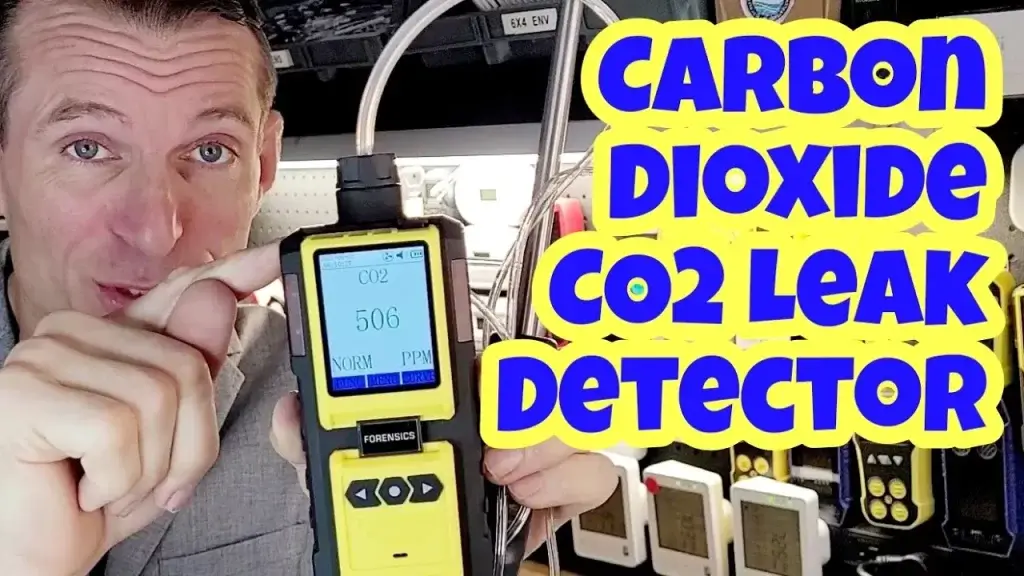Contents
- Challenges In Argon Leak Detection
- Detection Sensitivity
- Complexity Of System
- Variability Of Leak Sources
- Solutions For Argon Leak Detection
- Advanced Leak Detection Techniques
- Optimizing System Design
- Training And Education
- Frequently Asked Questions On Argon Leak Detection
- What Are The Common Challenges In Argon Leak Detection?
- How Does Argon Leak Detection Work?
- What Are The Solutions For Argon Leak Detection?
- Conclusion
Argon leak detection poses various challenges. However, there are effective solutions available to address them.
Dealing with argon leaks can be a complicated task. Argon, being an inert gas, is difficult to detect due to its lack of odor or color. This presents a significant challenge as leaks can go unnoticed, leading to potential safety hazards and loss of productivity.
Fortunately, there are solutions available that can help overcome these challenges. Advanced technologies such as gas leak detectors and thermal imaging cameras can be used to detect and locate argon leaks quickly and accurately. These tools enable maintenance teams to proactively identify and fix leaks, ensuring the safety of personnel and the integrity of the equipment.
We will explore the challenges associated with argon leak detection and the various solutions that can be employed to mitigate them.
Challenges In Argon Leak Detection
Argon leak detection plays a critical role in ensuring the safety and efficiency of various industrial systems. However, it is not without its challenges. In this section, we will delve into the three main challenges faced in argon leak detection, namely detection sensitivity, complexity of the system, and variability of leak sources.
Detection Sensitivity
Accurately detecting and quantifying leaks in argon systems can be a daunting task due to the need for high detection sensitivity. The smallest leaks can have a significant impact on system performance and, in some cases, pose safety risks. Therefore, leak detection methods must be highly sensitive to identify even minute leakages.
These leaks can arise from various factors such as faulty seals, damaged valves, or improperly connected components. With each possible leak source, the detection sensitivity requirements become more challenging. Meeting these sensitivity requirements calls for advanced detection techniques and equipment capable of delivering precise results.
Furthermore, the sensitivity of the detection method must be carefully balanced to avoid false alarms. Insufficient sensitivity may result in undetected leaks, whereas excessive sensitivity could trigger unnecessary downtime and maintenance.
Complexity Of System
The complexity of argon systems adds another layer of challenge to leak detection efforts. These systems often have intricate networks of pipes, valves, and fittings, making it difficult to pinpoint the exact source of a leak.
Due to their design, these systems may have multiple potential leak points, requiring a systematic approach to identify and address each leak source. Moreover, the presence of complex machinery and equipment can obstruct access to some areas, further complicating leak detection and repair.
Addressing the complexity of the system involves employing comprehensive testing strategies that cover all potential leak points. This may involve technologies such as ultrasonic leak detectors, thermal imaging, and tracer gases to enhance the efficiency and accuracy of leak detection.
Variability Of Leak Sources
Leak sources in argon systems can vary greatly, making it challenging to predict and locate leaks effectively. The nature of the leaks can range from minor seepages to major breaches, each requiring a different approach for detection and repair.
- Leaks can occur at connection points, where pipes and fittings meet, due to joint failures or loose connections.
- Seals and gaskets can deteriorate over time, leading to leaks along the system’s various components.
- Internal corrosion or external physical damage can also contribute to leak development.
The variability in leak sources demands a comprehensive and adaptable approach to leak detection. Implementing regular inspections, preventive maintenance, and utilizing diverse detection techniques can significantly contribute to identifying and mitigating leaks at their source.

Credit: www.mdpi.com
Solutions For Argon Leak Detection
When it comes to Argon leak detection, finding effective solutions is crucial for ensuring the safety and efficiency of operations. Advanced leak detection techniques, optimizing system design, and training and education play important roles in successfully detecting and addressing any leaks. Let’s explore these solutions further:
Advanced Leak Detection Techniques
Advanced leak detection techniques offer improved accuracy and efficiency in identifying and locating leaks in Argon systems. Some of the most commonly used techniques include:
- Helium Mass Spectrometry: This technique utilizes helium as a tracer gas to identify leaks. Helium, being smaller and lighter than Argon, can easily detect even the tiniest leaks.
- Bubble Test: A simple yet effective method, the bubble test involves applying a soapy solution to the suspected leak area. If there is a leak, bubbles will form.
- Pressure Decay Test: This technique involves measuring the pressure drop in the system over a set period of time. A drop in pressure indicates the presence of a leak.
Optimizing System Design
An optimized system design plays a crucial role in minimizing the risk of leaks and improving the overall efficiency of Argon systems. Here are some key aspects to consider:
- Proper Sealing and Gasketing: Ensuring that all joints, connections, and fittings are properly sealed and using suitable gaskets can help prevent leaks.
- Pressure Regulation: Implementing appropriate pressure regulation mechanisms can prevent over-pressurization, which can lead to leaks.
- Material Selection: Choosing materials that are compatible with Argon and resistant to corrosion can reduce the likelihood of leaks.
Training And Education
Investing in training and education is essential for maintaining a high level of proficiency in Argon leak detection. Properly trained personnel can identify potential issues, perform routine inspections, and respond swiftly to any leaks. Some key areas to focus on include:
- Technical Knowledge: Ensuring that personnel have a solid understanding of the properties of Argon, common leak sources, and detection techniques.
- Proper Procedures: Training employees on the correct procedures for leak detection, including equipment usage, safety protocols, and reporting processes.
- Ongoing Education: Encouraging continuous learning and keeping up-to-date with the latest advancements and best practices in Argon leak detection.
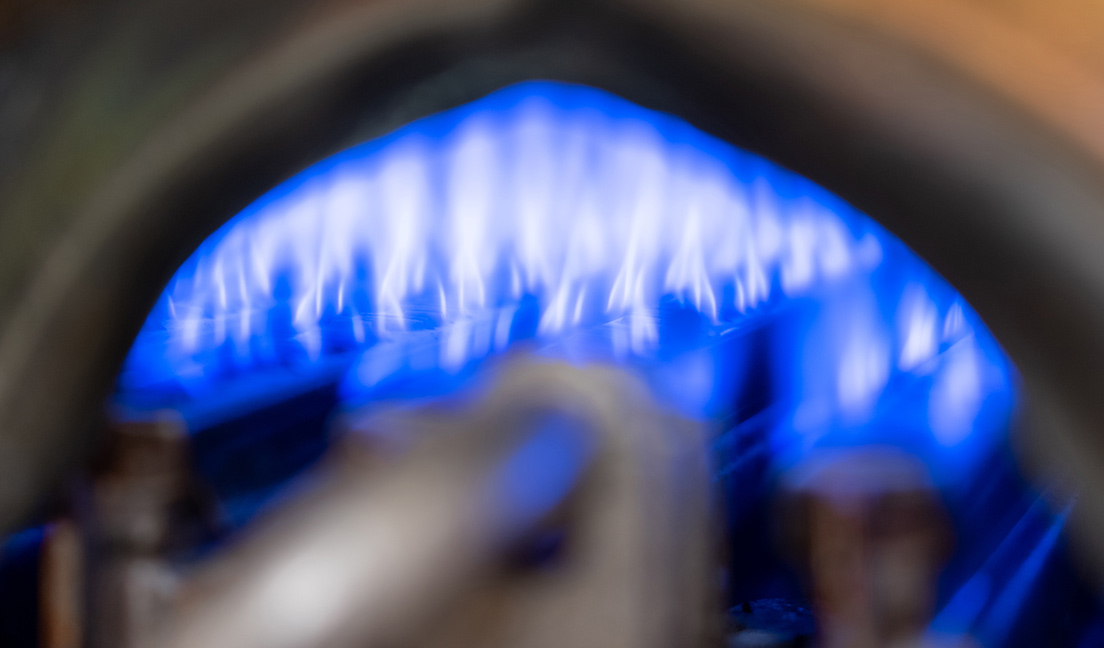
Frequently Asked Questions On Argon Leak Detection
What Are The Common Challenges In Argon Leak Detection?
Argon leak detection can be challenging due to factors such as small leaks, complex systems, and pressure differentials. Detecting leaks in argon systems requires the use of specialized equipment and training to identify and repair leaks efficiently.
How Does Argon Leak Detection Work?
Argon leak detection works by introducing a tracer gas, typically helium or hydrogen, into the system. The tracer gas will escape through any leaks, allowing a specialized detector to pinpoint the location of the leak. This method is highly accurate and can detect even the smallest leaks in argon systems.
What Are The Solutions For Argon Leak Detection?
There are several solutions for argon leak detection, including ultrasonic leak detectors, helium mass spectrometry, and bubble testing. Ultrasonic leak detectors use sound waves to detect leaks, while helium mass spectrometry is highly sensitive and can identify even tiny leaks.
Bubble testing involves applying a soapy solution to a suspected leak site and observing for bubbles, indicating a leak.
Conclusion
Argon leak detection poses unique challenges that require innovative solutions. By understanding the complexities of leak detection, industries can implement effective strategies to minimize the impact of leaks on safety, productivity, and the environment. With advanced technologies and continuous improvement, businesses can harness the power of argon leak detection to enhance operations and ensure regulatory compliance.
Stay ahead of the game by staying proactive in leak prevention and detection measures.

